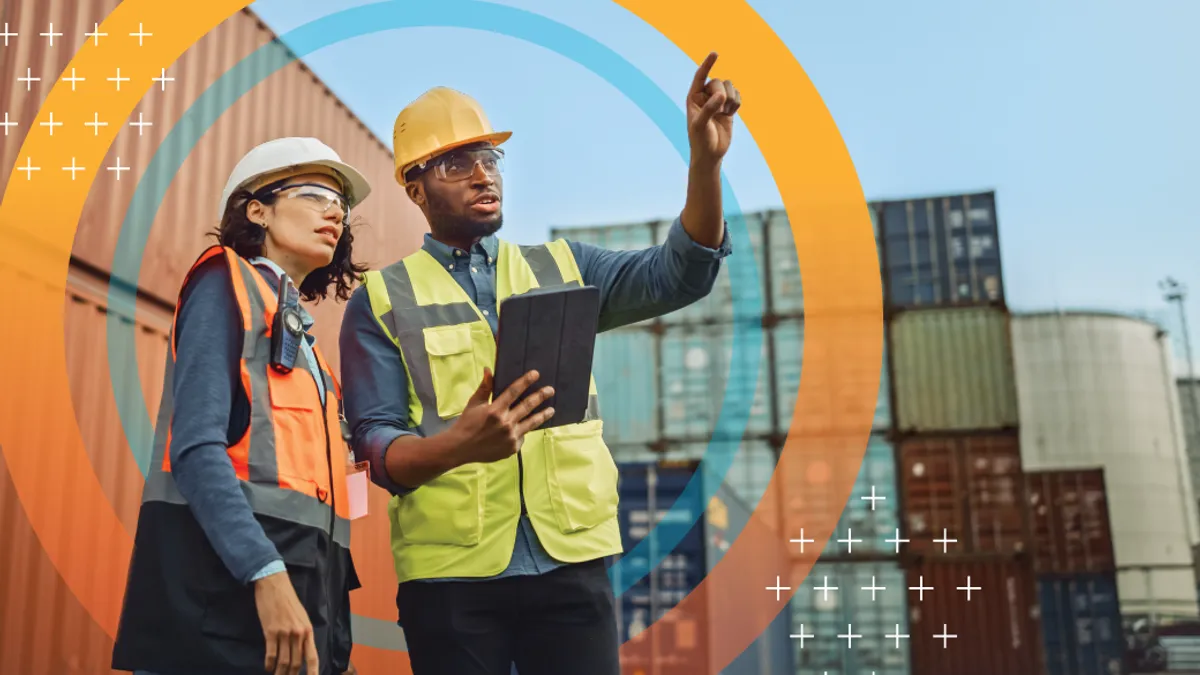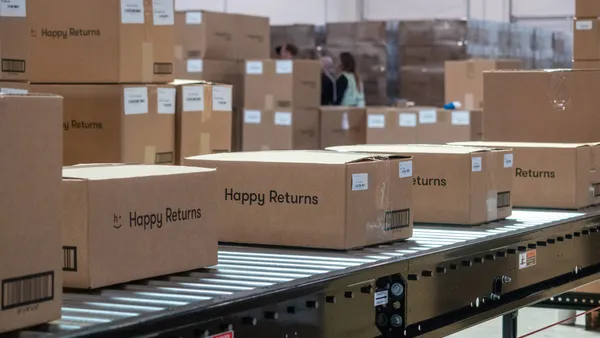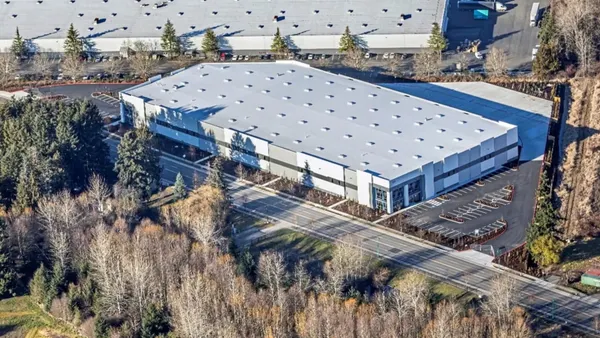Everyone remembers the supply chain disruptions brought on by the pandemic. Lockdowns and labor shortages combined with a fundamental shift in consumer behavior resulted in massive delays and visible on-shelf shortages. Many thought that once we got over that metaphorical mountain, supply chains would be back to normal. Instead, there were only more mountains.
Yes, constant disruption is our new normal, but we don’t have to get hopelessly lost in the bad news. We can first recognize that the modern supply chain is a complex global web of relationships before we formulate plans to offset the challenges that persist. There are many challenges, but mainly they include:
Geopolitical factors
Three major geopolitical regions are posing ongoing hurdles for global supply chains: the Red Sea, Ukraine, and Taiwan. For example, recently, the expanding conflict in Gaza and attacks on merchant vessels in the Red Sea have caused major shippers to reroute away from the Suez Canal around Africa, with significant impacts. In late January, the average price of transporting a 40-foot container had increased 250% as compared to mid-December.
Climate change and natural disasters
Now consider the extreme drought disrupting shipping through the Panama Canal, where daily traffic has been reduced by nearly 40%. In addition, in 2022, the Rhine, one of Europe’s most important commercial waterways, faced a period of significant flooding followed by drought that significantly impacted shipping and movement of goods.
Logistics labor shortages
From truck drivers in South Korea to dock workers in Germany and the UK in 2023, combined with the ongoing effects of the great resignation, labor and logistics continue to impact supply chains. A recent Descartes survey of supply chain and logistics leaders in Europe and North America revealed that 37% are experiencing high to extreme labor shortages in drivers and warehouse workers.
So what does this all mean? Supply chain visibility is the foundation for resilience.
Many of these disruptions are beyond trading partners’ control. But rather than just wait for the next drought or shipping-line security incident, they can look to improve strategies for demand forecasting, inventory management, and more robust supplier networks. To do so, everyone in a supply chain needs to know what products and materials are available, where they are, and how many.
However, end-to-end supply chain visibility can be set back by manual processes and inconsistent data structures, which makes it incredibly difficult to share data across a global network of suppliers, manufacturers, logistics providers, and retailers. A 2023 survey from IDC Retail Insights revealed that 46% of industry executives rated lack of supply chain visibility as the largest problem facing supply chains.
Technology already exists to power the digitization and automation that is needed for this level of visibility. Two examples are Radio Frequency Identification (RFID) and 2D barcodes, which includes QR codes. By reading RFID tags, stakeholders can trace a tagged item’s end-to-end journey, with unprecedented efficiency and accuracy. And since 2D barcodes can contain a huge amount of data, from batch and lot numbers to nutritional information and URLs, retailers can improve inventory practices by enhancing freshness management while brands can offer consumers detailed product information.
Creating a resilient supply chain ecosystem
Specifically, trading partners can work on creating a more digitized supply chain ecosystem in several areas:
- Diversification and healthy redundancy
To help offset risk and eliminate blind spots, many companies are employing dual sourcing, where they have multiple suppliers for critical goods and materials, and nearshoring, where they have manufacturing or sourcing to a nearby region to reduce dependency on global logistics networks.
- Predictive analytics, risk assessment, and scenario planning
Understanding where all goods and materials are, how long it takes them to travel from one point to another, the cost to do so, and the resources used enables powerful analysis. End-to-end simulations can reveal vulnerabilities, enable impact analysis of various scenarios, and allow for creating and testing contingency plans.
- Agile decision-making
It is essential to adapt your supply chain to thrive during any crisis. Collaboration, both internally among operations and production and with key trading partners, is critical to an organization’s ability to pivot. In addition, enabling local teams to make key decisions can enable quicker response times.
Although we learned the hard way that our supply chains are fragile, we are just beginning to address the problem. Technologies like RFID and 2D barcodes exist that can trace a product and offer visibility into everything about it. Unlocking these exciting capabilities requires robust digital standards that provide a common language to identify, capture, and share critical information across the entire supply chain. Creating a fully interoperable ecosystem is the true key to a supply chain that is not only faster and more sustainable during normal times, but also one that is resistant to doom and gloom.










